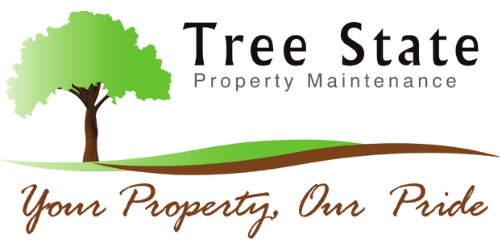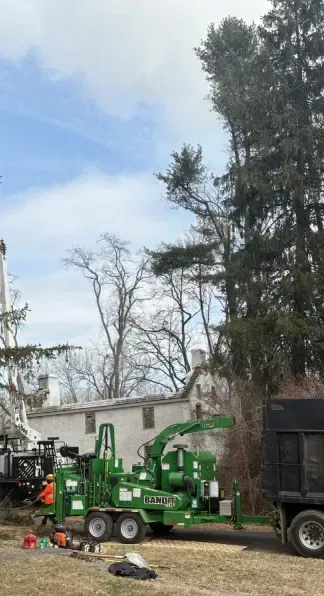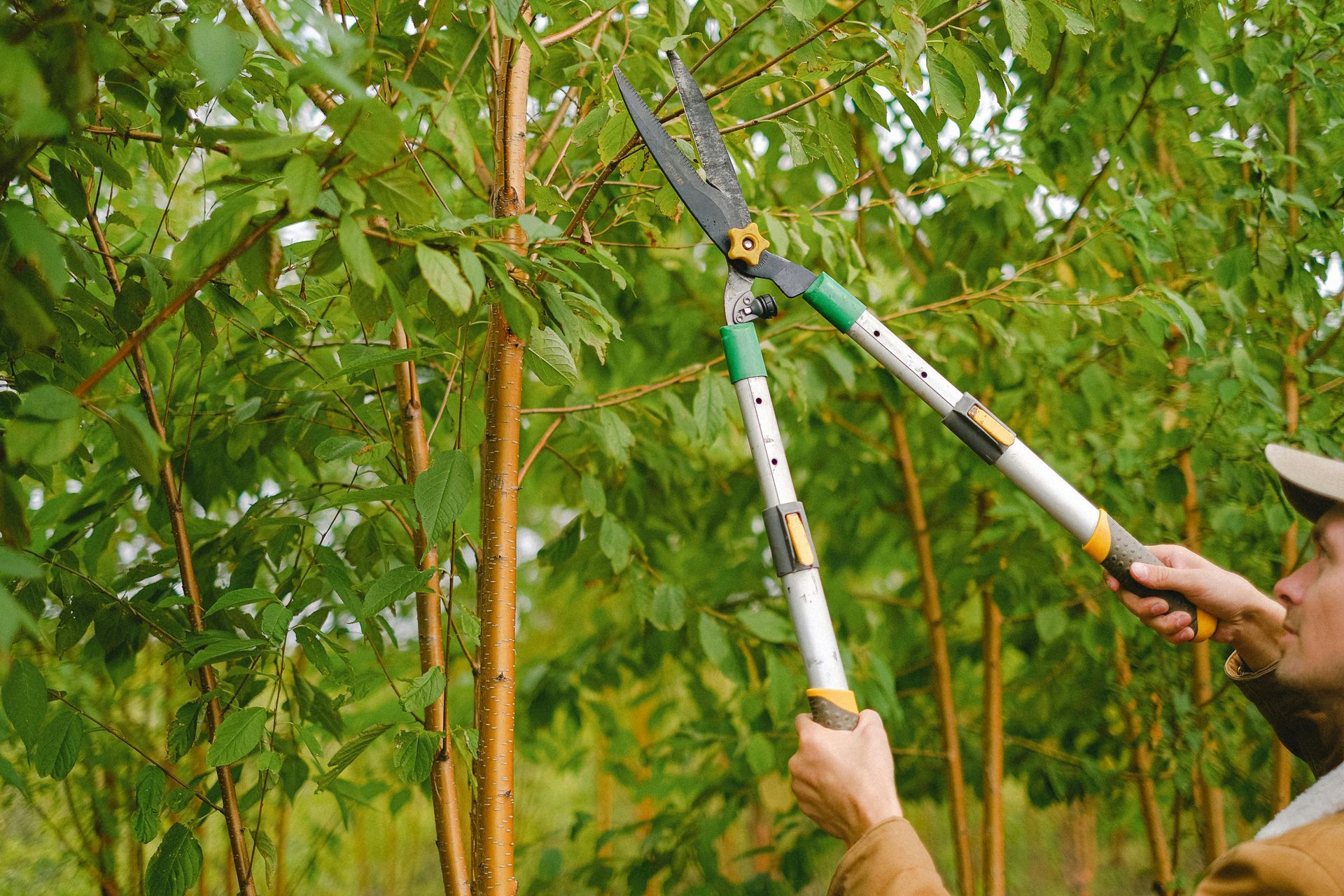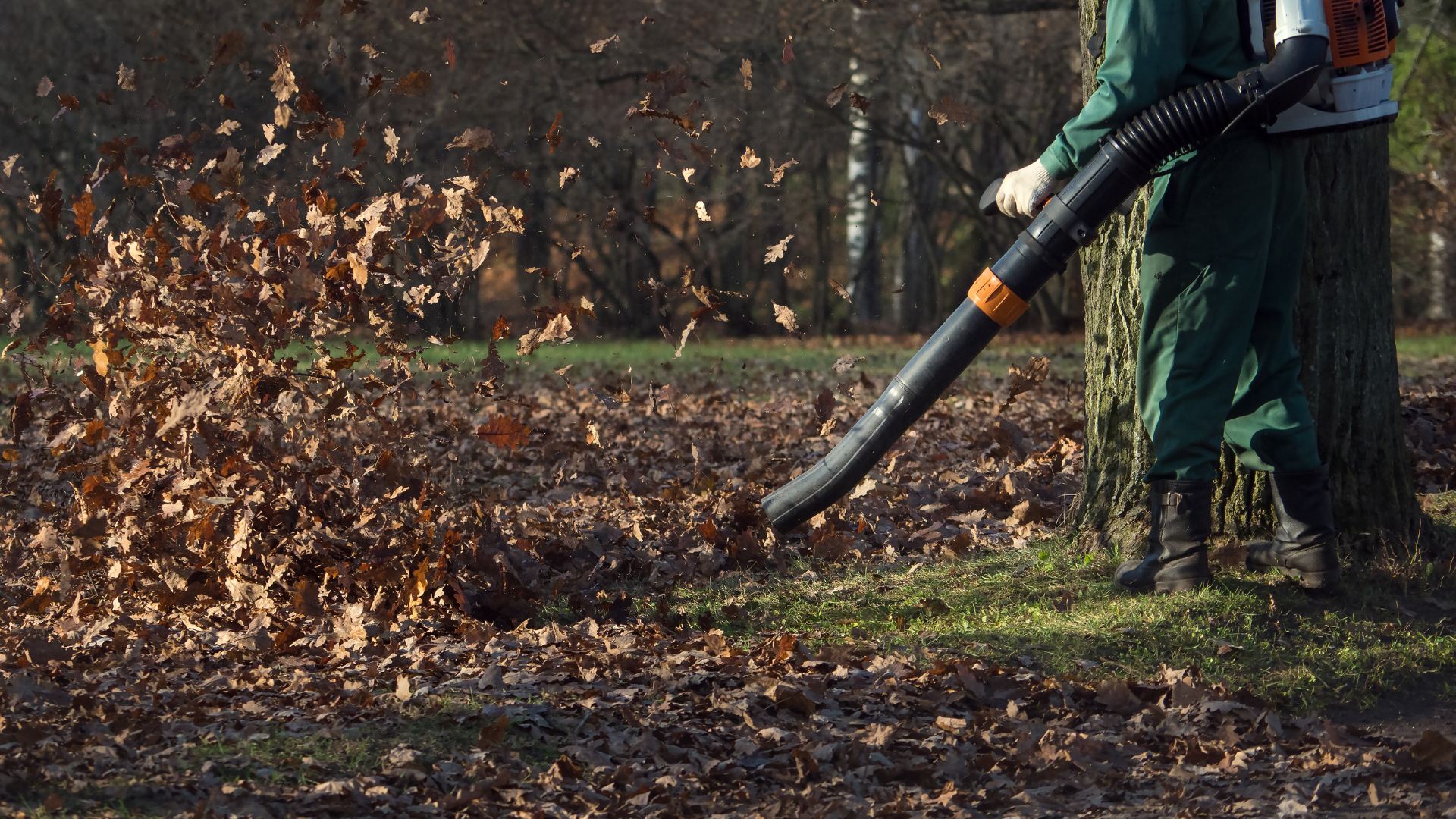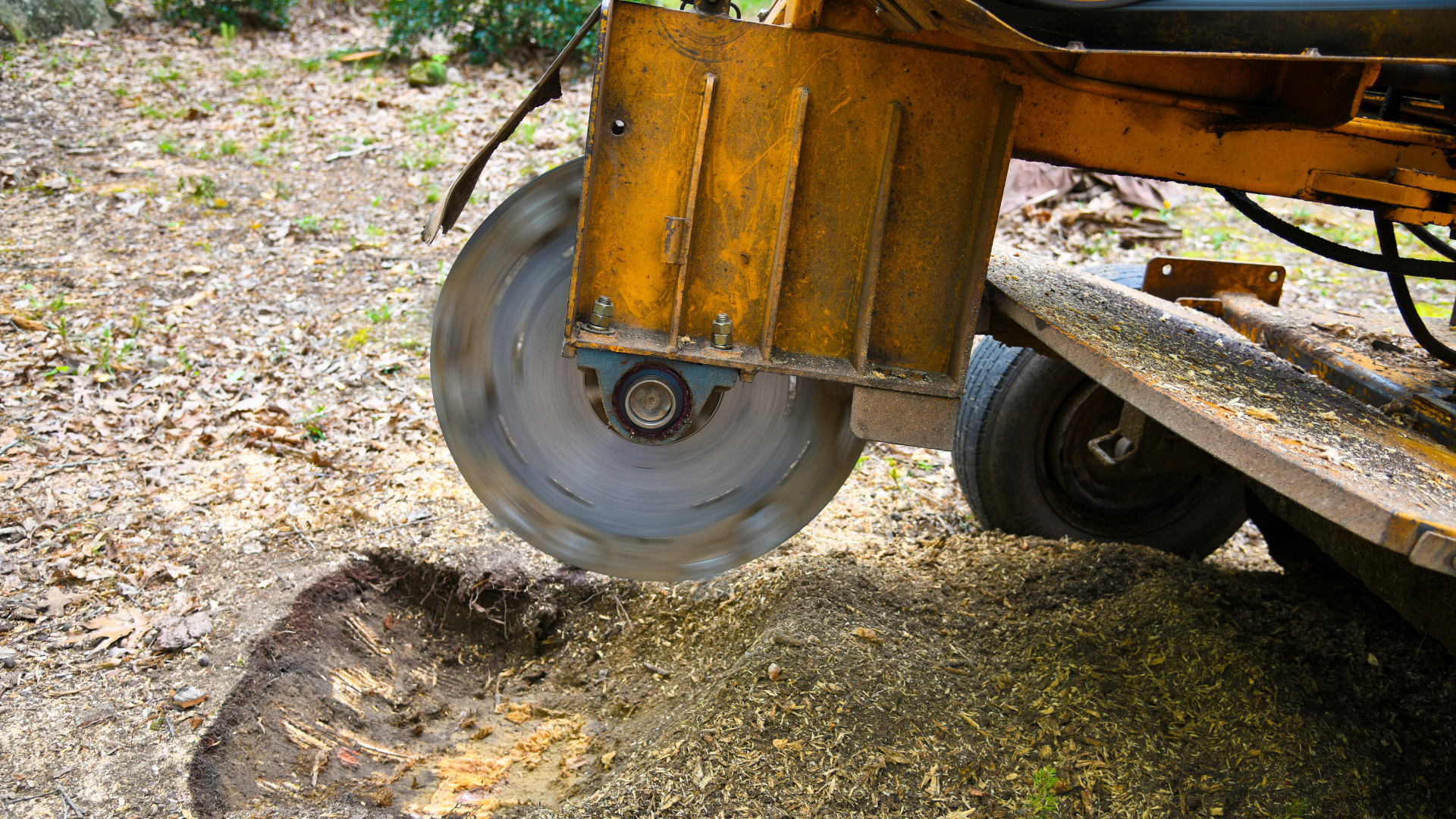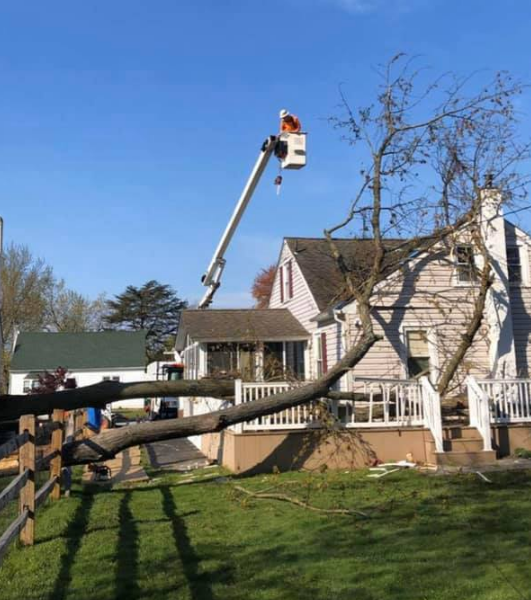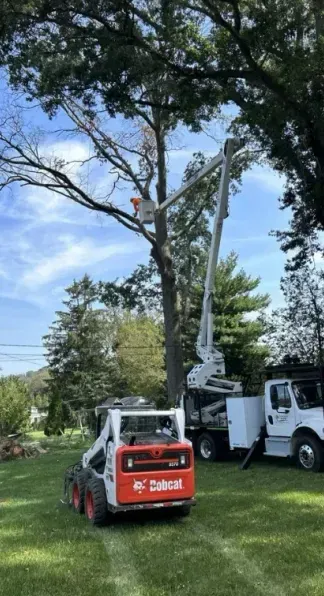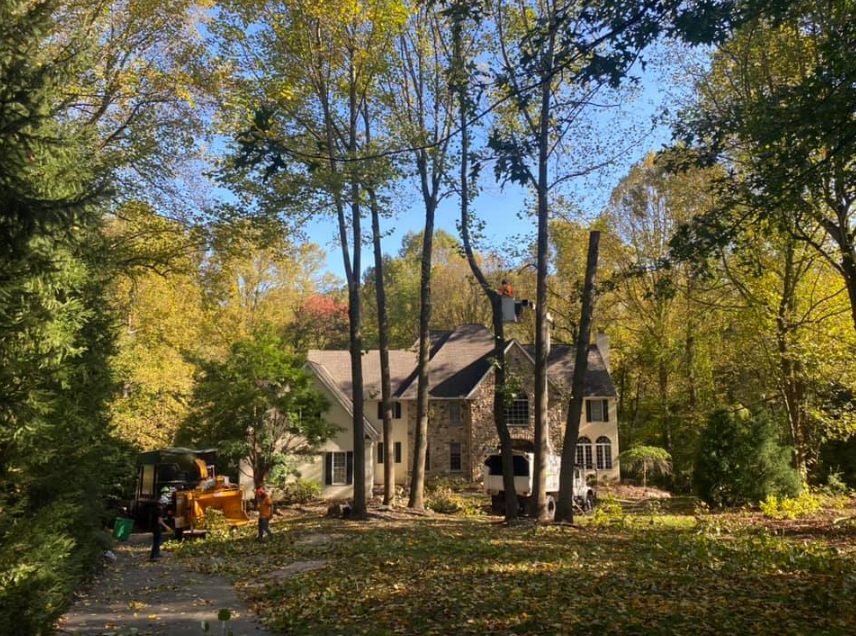How to Handle Emergency Tree Damage After a Storm
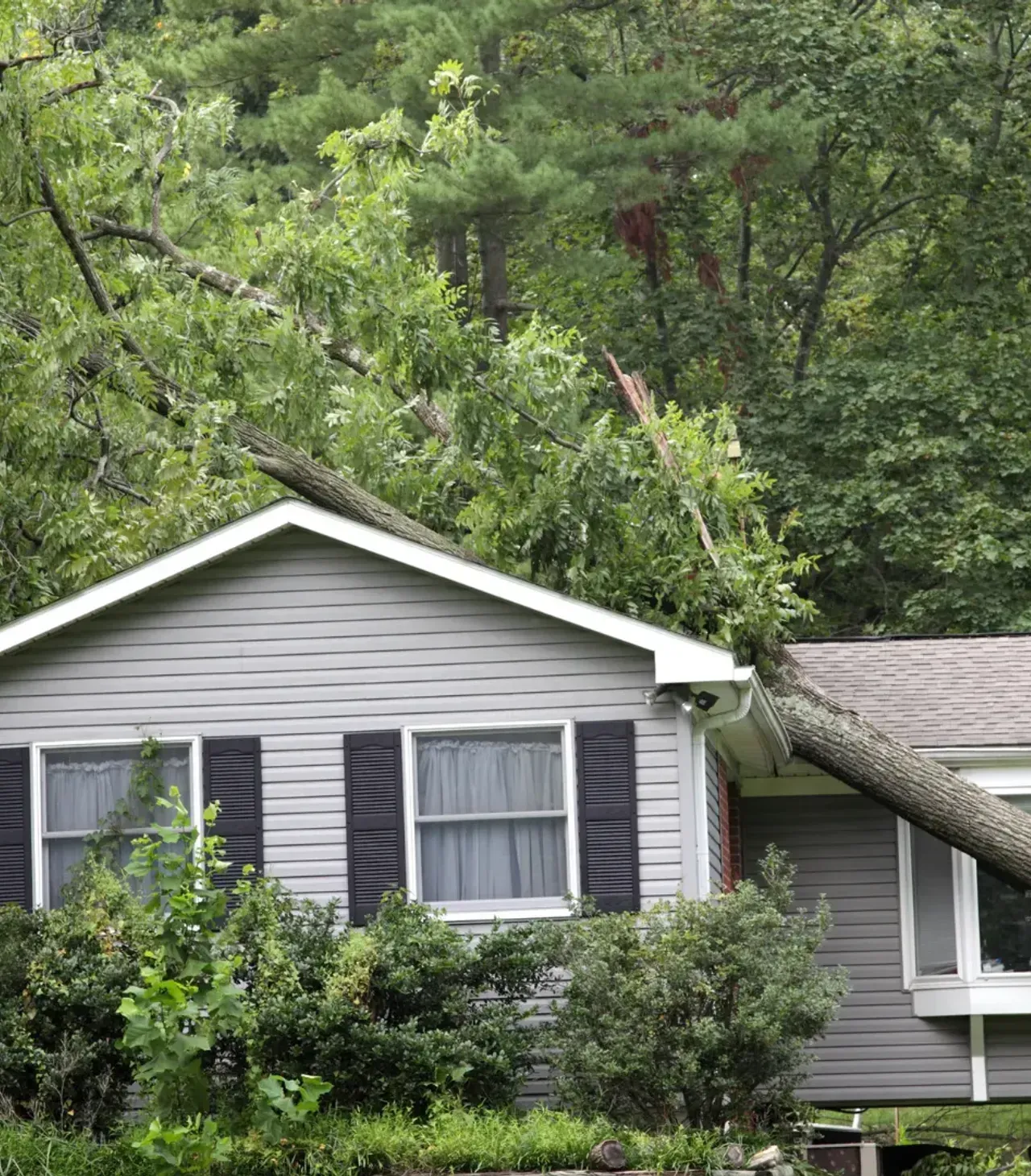
When a major storm hits Pennsylvania, New Jersey, or Delaware, your trees are often the first parts of your property to suffer damage. While trees add beauty and shade to your home, they can also pose serious risks when strong winds, lightning, or heavy snow cause limbs—or entire trees—to fall. Whether it’s a cracked branch hovering dangerously above your roof or a tree that has collapsed across your driveway, knowing how to handle emergency tree damage can prevent further problems and keep your family safe.
In this comprehensive guide, we’ll walk you through what qualifies as a tree emergency, how to stay safe, and the exact steps to take after a storm—including how to work with your insurance company and when to call professionals like Tree State Property Maintenance.
What Is Emergency Tree Damage?
Emergency tree damage typically refers to sudden, storm-related incidents that create immediate hazards or block essential access. Examples include:
- A tree falling on your home, garage, fence, or vehicle
- Large branches or limbs that break and hang precariously
- Uprooted trees leaning dangerously toward structures
- Limbs tangled in power lines
- Trees that block driveways, walkways, or roadways
These situations pose serious safety and liability concerns and require urgent professional attention.
Step 1: Stay Safe and Assess from a Distance
The first priority is always safety. If a tree has fallen or is at risk of falling, maintain a safe distance. Do not approach or attempt to remove limbs yourself, especially if:
- The tree or limbs are touching power lines
- It’s dark, icy, or conditions are unstable
- You hear creaking, cracking, or shifting sounds from the tree
Call 911 or your utility company immediately if any tree is in contact with electrical lines. Even if the line appears inactive, it may still be live.
Step 2: Document the Damage Thoroughly
Before anything is moved or cleaned up, take clear photos and videos of the damage from multiple angles. This documentation will be critical for:
- Filing an insurance claim
- Getting approval for removal or repair work
- Providing evidence in case of disputes
Make sure to photograph:
- The tree (or limb) itself
- Damage to your home, fence, vehicles, etc.
- Nearby power lines or hazards
- Any personal injuries (if applicable)
Also record the date and time of the incident and note the weather conditions at the time of the storm.
Step 3: Contact a Professional Tree Removal Service Immediately
Emergency tree situations require professional help—fast. At Tree State Property Maintenance, we provide 24/7 emergency tree removal services across Pennsylvania, New Jersey, and Delaware. Our team is trained to handle dangerous removals safely, using advanced equipment including:
- Cranes
- Rigging systems
- Commercial chainsaws
- Stump grinders
- Safety harnesses
We are fully licensed and insured to protect your home and our crew during high-risk removals.
What Our Emergency Tree Removal Process Includes
We follow a streamlined process designed for safety, speed, and customer support:
1. Rapid Response
We respond quickly to calls, especially in areas like Delaware County, PA and the surrounding tri-state region. Whether the emergency happens during a weekday storm or a weekend snow event, we’re on call and ready.
2. On-Site Risk Assessment
Our certified arborists assess:
- The stability of the tree
- Damage already caused
- Risks to structures, utility lines, or people
- Best strategy for safe removal
3. Tree Removal or Limb Reduction
Depending on the situation, we may:
- Cut and lower broken limbs
- Dismantle the tree piece by piece
- Use a crane to lift and remove sections
- Secure unstable trees to prevent collapse
4. Cleanup and Debris Hauling
Once the tree or limbs are safely removed, we clear:
- Broken branches
- Wood chips and sawdust
- Damaged logs
- Any tree-related obstructions to access
We also offer stump grinding services to fully restore the area, if requested.
Step 4: Contact Your Insurance Provider
In many cases, storm-related tree damage is covered under homeowners’ insurance—particularly when a tree falls on:
- Your house
- A detached garage or shed
- A vehicle
- Power lines or fences
However, if a tree falls without causing property damage, the removal may not be covered. Every policy differs, so review your plan carefully.
Tree State Property Maintenance can assist by:
- Providing detailed invoices and service documentation
- Supplying photographic evidence of the damage
- Communicating directly with adjusters when needed
Common Insurance Questions After Tree Damage
Is the cost of tree removal covered?
If a fallen tree damages your home, yes—most policies will cover reasonable removal costs up to a certain limit (often $500–$1,000 per tree).
What if the tree was on my neighbor’s property?
If your neighbor’s tree damages your home, your own policy will usually still cover it. Your insurer may pursue reimbursement from the neighbor’s policy.
Do I need to wait for the insurance company to act before calling a tree service?
No—especially if the tree poses a threat to safety. Most insurers allow and expect you to take “reasonable steps” to mitigate further damage.
Why Choose a Local Tree Service for Emergency Work?
Tree emergencies are different from scheduled landscaping. You need a company that:
- Knows local ordinances and permit requirements
- Has the right equipment for hazardous removals
- Is insured for liability and worker safety
- Is available 24/7—including holidays and weekends
Tree State Property Maintenance is based in Delaware County, PA and serves the entire tri-state region with fast, expert storm response. We’ve handled hundreds of emergency tree removals after:
- Thunderstorms
- Snow and ice storms
- Tornadoes and microbursts
- Nor’easters and hurricanes
How to Prevent Future Tree Damage
While not all tree damage is preventable, many emergencies can be avoided with proactive care. We recommend:
- Annual tree inspections to identify weak limbs or root issues
- Routine pruning to remove deadwood and improve structure
- Cabling or bracing for structurally vulnerable trees
- Removal of high-risk trees near your home or driveway
We offer free tree assessments and can help you develop a plan to keep your trees healthy and your property protected.
FAQs About Emergency Tree Services
How much does emergency tree removal cost?
Emergency removals are typically more expensive than standard removals due to urgency, risk, and after-hours labor. Prices start around $500 and can exceed $2,500 depending on size and complexity.
Can you work around power lines?
We do not remove trees entangled in live electrical lines without utility clearance. However, we coordinate with your electric company to ensure safe removal once the area is de-energized.
How soon can you respond?
We offer same-day and 24-hour response throughout Pennsylvania, New Jersey, and Delaware. In high-demand storm events, response time depends on severity and location—but we prioritize blocked access, structural danger, and public safety hazards.
Call Us Today
Don’t leave emergency tree damage to chance. Whether it’s 2 a.m. after a thunderstorm or the morning after a nor’easter, Tree State Property Maintenance is here for you. We offer fast, safe, and fully insured emergency tree removal services across the tri-state area.
Call us now at 610-338-5008 or request emergency tree service online.
